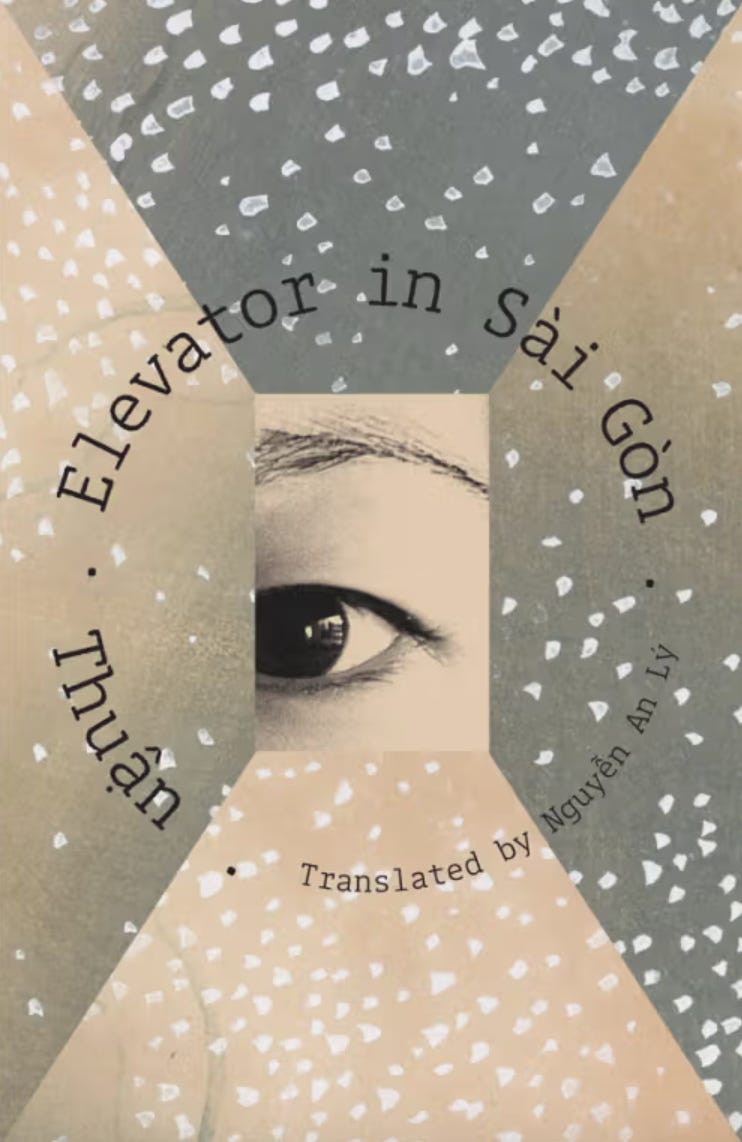I. Elevator in Sài Gòn: Against the Satisfaction of Narrative
In Elevator in Sài Gòn—first published in Vietnamese in 2013, and released in English translation by New Directions in 2024—cause and effect do not align as expected. There is, instead, a symbolic void: an elevator shaft that does not lead upward or downward, only inward. The novel’s inciting event—a mother falls down an elevator on the day she moves into her new apartment—unfolds less like the start of a story than a tear in narrative fabric. Rather than anchor a plot, this moment marks a refusal to provide structure. The novel doesn’t deliver suspense or closure. It offers recursive grief, misfiring memory, and the slow erosion of logic. In this way, its refusal of plot becomes its politics.
II. The Fall as Form
Thuận writes against narrative as much as within it. If the Western novel asks what will happen next, Elevator asks why we keep asking. As Roland Barthes reminds us, narrative is driven not by answers but by “the expectation of an answer”—what he called the hermeneutic code. The hermeneutic code refers to the puzzles and gaps that generate suspense, inviting the reader into a game of anticipation. In Franz Kafka’s The Trial (1925), for instance, Josef K.’s unknown crime serves as the perpetual engine of uncertainty. But in Elevator, that engine breaks down entirely. In Thuận’s world, the code has rotted. The elevator shaft is not a mystery to be solved but a refusal to participate in the contract of storytelling. Like Fredric Jameson’s idea of plot as the “recontainment of contradiction,” Thuận’s novel actively sabotages closure—choosing to let contradiction live unburied, unsynthesized. The narrator—a teacher of Vietnamese literature living in Paris—recalls her mother’s fall not to solve it, but to spiral around its mystery like incense smoke. Each new paragraph, seemingly, recalls another time, another location, another memory folding back onto itself. Pyongyang, Paris, Saigon, Hanoi—all feel flattened, overlaid like the acetate layers of a cartoon, where past and present flicker but never quite converge.
“I remember the scream. But not the fall. The corridor, the number scratched onto the wall. A recipe for crab soup. Polotsky’s voice in my ear, saying nothing. Silence hung from the banister like laundry not yet dry.”
The disintegration of syntax here is not incidental. It mimics the mental disintegration of a narrator unmoored from linear time, held instead within a loop of recursive grief and surveillance-soaked memory.
III. Ghosts, Gaps, and the State
While Thuận’s work may appear to follow a pattern of circularity (more along the lines of the Daniels’ 2022 Best Picture-winning Everything Everywhere All at Once (2022) than Ozu, it would be a mistake to read this as simply reflective of an ”Asian aesthetic.' The circular narrative is often projected onto Asian texts by Western critics as a counterpoint to Western linearity—framed as mystical, meditative, or fatalistic. But this tendency obscures more than it reveals. In reality, much of Asian literature—Vietnamese included—is diverse in form and motivation. Thuận’s circularity emerges not from tradition but from political necessity and formal defiance. To treat it as cultural essence is to flatten its radicalism into stereotype.
The notion that circularity is somehow emblematic of "Asian storytelling" risks becoming a form of narrative orientalism—one that obscures the diversity of forms, styles, and historical pressures shaping literature from across the continent. A useful counterexample is the work of Japanese author Kenzaburō Ōe, whose A Personal Matter (1964) is deeply linear, psychological, and unflinching in its trajectory—more Camus than Laozi. Thuận’s circularity, by contrast, arises not from tradition but from necessity, evasion, and code. To read it as archetype is to domesticate its defiance.
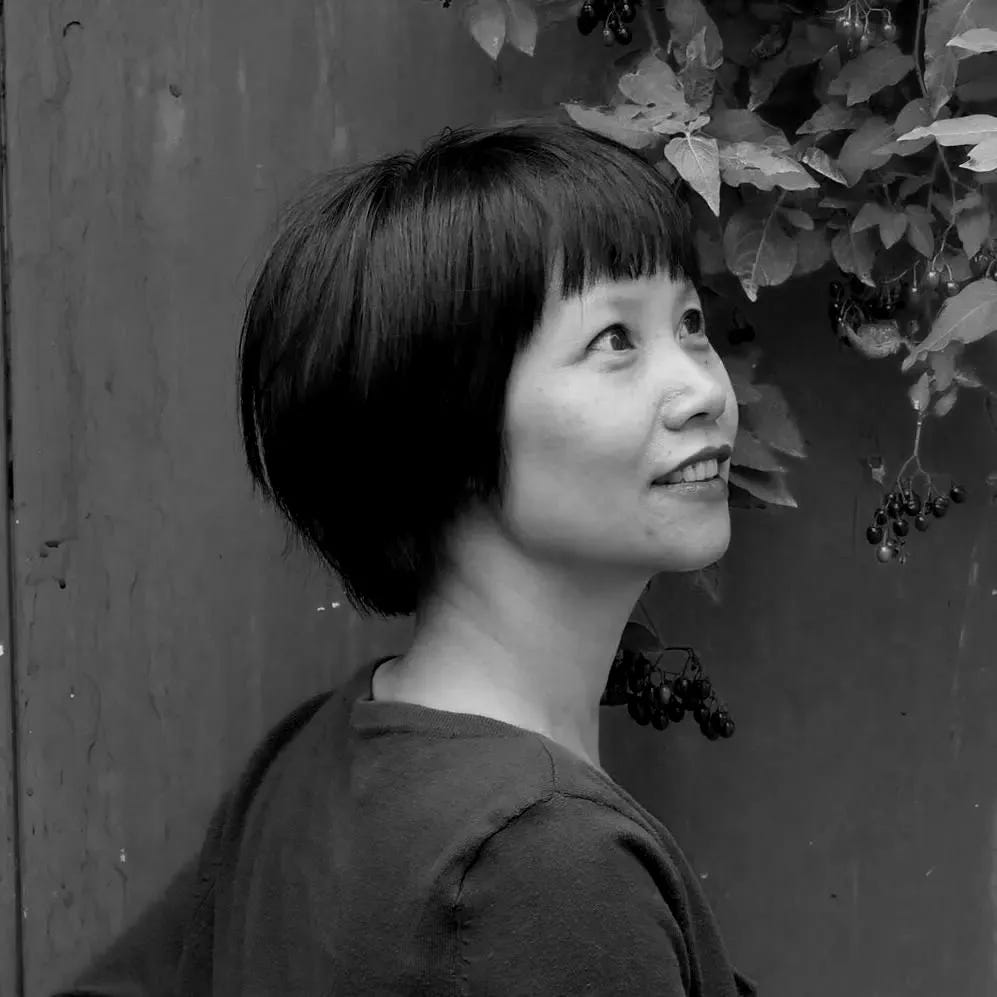
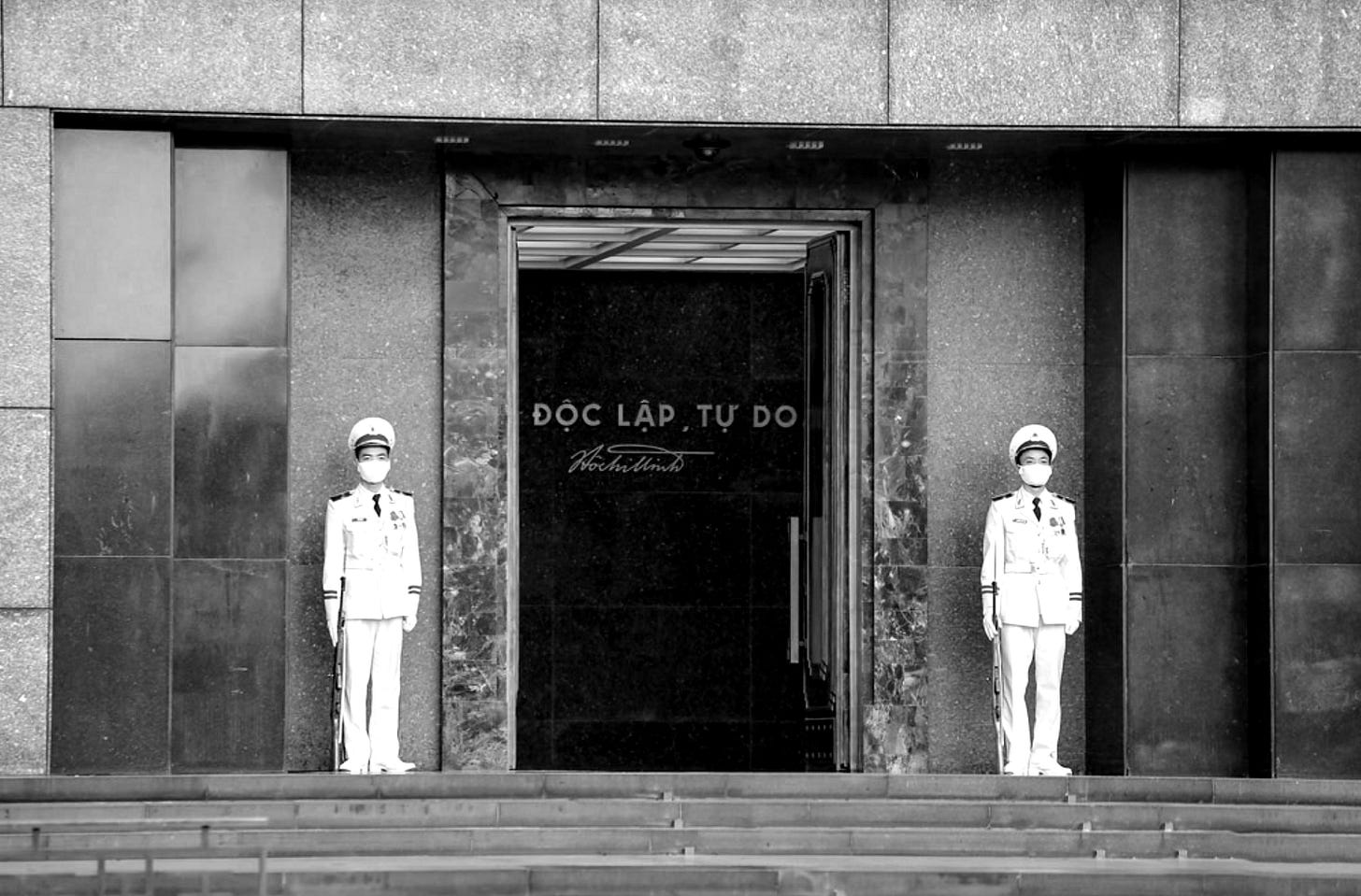
IV. Censorship as Aesthetic
One of the most chilling dramatizations of Party power in the novel is a memory of domestic surveillance, when the narrator returns home from school to find the local policeman leaving the house. Her mother—just moments before in full performative mode, recounting her slogans and duties—collapses into silence the instant the door shuts. The narrator recalls:
“She told of her party committee’s meeting, and of shouting slogans cheering on our counteroffensive at the Cambodian border. She told of her local civil unit meeting, and of criticizing the bad elements who engaged in individualistic private business … For those few minutes, she played three successive roles … But I knew it was only an act.”
The shift from revolutionary theatre to familial tension is instantaneous. The next moment, her mother coldly informs her husband: “Your eldest brother worked for the impostor government … your eldest brother had to go to reeducation … your eldest brother’s daughter has been arrested.”
This scene does not merely expose the pressures of ideological conformity—it shows how deeply Party surveillance has penetrated the private sphere. The local policeman’s visit threatens not just social standing, but intergenerational survival. The reader later learns that the mother’s scholarship application to France—at the time, granted only to three candidates nationwide—depended entirely on the local police’s judgment. The system doesn’t just suppress dissent through overt censorship. It transforms every public utterance and personal relationship into a test of loyalty. In such a world, revolutionary rhetoric becomes not belief, but performance under threat. And the home becomes yet another stage in the architecture of state control.
A useful comparison can be drawn to Chinese Nobel laureate Mo Yan, who also writes under the conditions of censorship—but from within the apparatus, rather than from exile. Mo Yan has often been criticized for what appears to be a close relationship with the Chinese state, yet his novels are masterclasses in narrative coding. In works like Big Breasts and Wide Hips (1995) and The Garlic Ballads (1988), the grotesque, the folkloric, and the hyperbolic become techniques for concealing explosive critiques of corruption, starvation, and authoritarian absurdity. Mo Yan doesn’t name the system directly—he bends genre and voice until meaning seeps through the cracks. As with Thuận, repression becomes both subject and formal principle. But where Thuận uses silence and fragmentation, Mo Yan wields excess and allegory. His fiction is louder, more carnivalesque—but no less coded. In what many consider his masterpiece, The Republic of Wine (1992), Mo Yan constructs a grotesque satire of Chinese consumerism, corruption, and literary complicity by embedding stories within stories—letters between fictional versions of himself and a graduate student investigator. In one scene, the reader is presented with an absurd banquet where officials gleefully consume "baby boys stewed in wine." As Mo Yan writes: "It looked like a baby, a plump, bright-red baby, with a peaceful smile on his face, as if he were enjoying a pleasant dream." The sheer horror of the image is not accidental—it is allegory coded as excess, designed to evade the censors by being too surreal, too stylized, too implausible to be 'real.' Elsewhere, he writes: "Official corruption, gluttony, and cruelty could not be condemned directly, but I could exaggerate them until they collapsed under their own weight." The novel’s entire architecture—oscillating between farce and horror—becomes a strategy of evasion, a way to encode critique under the sign of fictionality. In this way, Mo Yan’s method mirrors Thuận’s: both authors understand that when direct language becomes suspect, only distortion can speak the truth. What unites them is an understanding that the only literature that survives under censorship is literature that does not explain itself.
“She said the Party had once— (the tape stops here). In those days, you didn’t say much. You waited. The waiting itself became—”
Here, the syntax collapses mid-sentence. The text behaves like a redacted archive. This is not weakness. It is design.
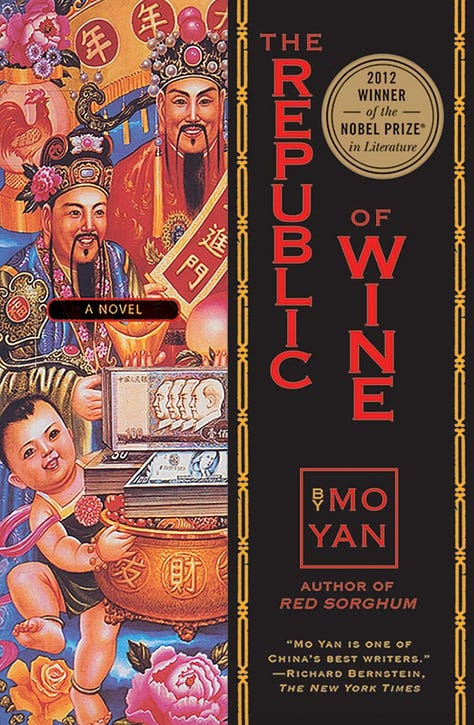

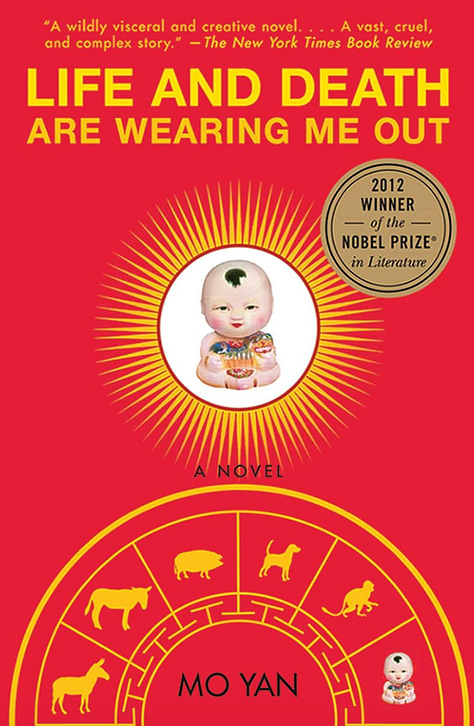
V. Ellipses as Ethics
The novel’s form—digressive, circular, composed of abrupt switches in time and tone—isn’t merely stylistic. It is an encoded refusal. In Vietnamese, as in much postcolonial experience, history does not unfold in tidy sequence. It skips. It contradicts itself. One might even argue that Vietnam had a nineteenth-century, but not a twentieth-century—even according to the official record, where significant names, dates, and figures are taught around the most important events in the Vietnamese Communist revolt against French colonization. Yet the pre-1954 history remains uneasy. Under French rule, Vietnam was divided into three regions—Tonkin (north), Annam (central), and Cochinchina (south)—and subject to brutal suppression of uprisings, forced labour, censorship, and assimilationist education. Anti-colonial thinkers were imprisoned or exiled. After the French defeat at Điện Biên Phủ, the Geneva Accords temporarily partitioned the country in 1954, setting the stage for the U.S. to intervene in the South under the banner of anti-communism. What followed was America’s 10,000-day occupation, an era almost entirely stripped from official Vietnamese textbooks.
This historical erasure in Vietnam—known as “The Policy of Silence” abroad—is an informal but powerful doctrine through which the Communist Party enforces ideological conformity by omission. Rather than overtly banning all dissent, the Party cultivates a climate where self-censorship thrives. Writers must submit manuscripts for review, publishers risk blacklisting, and public intellectuals who diverge from the heroic national narrative face surveillance, harassment, or quiet removal from institutional posts. Archives are redacted. Films vanish from festivals. The truth, when it cannot be rewritten, is simply excluded. In this environment, literature like Thuận’s does not merely describe censorship—it performs its logic sentence by sentence.
The Vietnamese narrative that valorizes sacrifice while silencing dissent. In the official retelling, heroism is state-sanctioned, and suffering is permitted only if it aligns with the myth of collective triumph. The war is remembered not through the shattered psyches of its survivors, but as a tale of unified resistance, polished into moral clarity. Those who fled are traitors. Those who question are erased. Memory, instead of being a living, plural thing, is drafted into service—redacted, revised, and recited like scripture. In this version, history does not breathe; it marches.
What emerges from Elevator is a Vietnamese poetics of fragmentation—where narrative is not a vehicle for resolution, but a field of tensions: between north and south, memory and forgetting, mother and daughter, home and exile.



VI. Against the “Investigative Novel”
Nowhere does the novel's indictment of bureaucratic intimacy land harder than in the long passage where a woman recounts her calculated revenge on Paul Polotsky. He is not just a former lover, but a stand-in for the state's affective manipulation—once an agent of ideology cloaked in romance. Her story, told with venom and theatrical precision, enacts not just rejection but a full-scale reversal of power:
“Paul Polotsky, huh? What I wanted was to smash his damn face in. But I didn’t. Instead, I wrote him a letter … He must’ve thought I was still that naïve stupid girl who’d been drunk on his empty bullshit … When the old moron was practically orgasming with delusion I jumped in a taxi, leaving the damn fool stranded in the bargain-hunting crowd.”
The passage walks a tightrope between satire and fury. This is no romantic subplot—it’s a burlesque of state seduction, exposing how even love under socialism was politicized, monitored, and eventually farcical. That Polotsky becomes both object of derision and symbol of institutional betrayal is key. He is not just a failed man, but a failed state agent, and the woman’s revenge becomes a reclamation of narrative power. It is, again, not closure she seeks, but the staging of abandonment. This reversal—woman as orchestrator, man as deluded subject—echoes the narrator’s earlier insight: in the authoritarian state, intimacy is indistinguishable from performance. No one escapes it. Not even the ghosts.The narrator’s obsession with finding a man named Paul Polotsky—a minor bureaucrat, possibly a lover, possibly a red herring—is not the engine of a mystery, but the symptom of a condition.
“I don’t remember what she looked like. I remember the badge on her jacket, the way it caught the hallway light. I remember the man who carried her bag. He didn’t introduce himself.”
Even identity is given as negative space—contours, not content. Thuận’s brilliance lies in making repression itself the protagonist. Not the mother. Not the daughter. Not Polotsky. But the blank space between lines. The facts never stated. The identities never confirmed. This is the literature of omission—less because the author is afraid, more because she knows that in Vietnam, what is not said lasts longer than what is.
VII. Waiting as Survival
In the absence of trust, waiting becomes the book’s only moral category. This is not patient optimism. It is what Lauren Berlant might call “cruel optimism”—the posture of holding out for a return that history has long since denied. And for the narrator, who continues to call the same unknown men, hope becomes a ritual act, not unlike prayer, sustained by inertia. As Sara Ahmed has written, emotional survival under pressure becomes a matter of orientation—waiting, not as passivity, but as a politics of the body positioned toward the impossible.
But one might ask: if everything is withheld, what remains to be witnessed? When narrative becomes so attenuated, can its critique still land? Or does it risk collapsing into its own opacity? Thuận’s fiction walks a knife-edge between formal defiance and alienating indeterminacy. What appears fractured to Western readers is, in fact, continuous with a long tradition of Vietnamese storytelling—one shaped by oral transmission, state censorship, displacement, and spiritual double exposure. Ghosts here are not genre decoration. They are citizens. Bureaucracy is not a backdrop. It is an atmosphere.
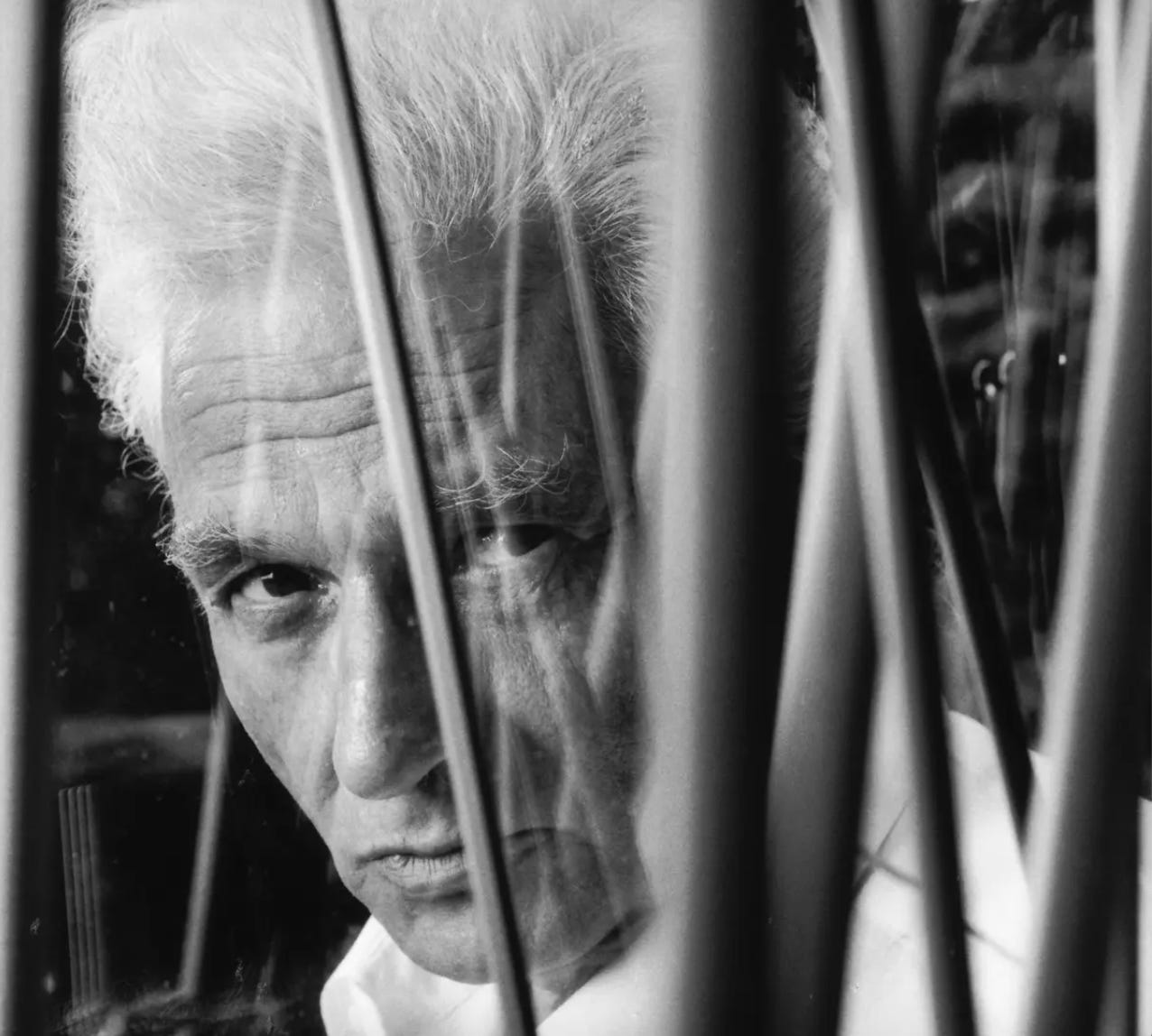
VII. The Elevator as Nation
Time in Elevator in Sài Gòn does not pass—it loops, splits, erodes. Every flashback is not illumination but recurrence. A hauntological temporality emerges: a time out of joint, as Jacques Derrida might remind us, in which the past is neither dead nor resolved but endlessly returning, fragmentary and spectral. The narrator exists in a mode of simultaneous being. Paris and Saigon do not alternate—they cohabit. At one point she reflects on her days teaching in North Korea and moves immediately into a meditation on South Korean soap operas, as if the two experiences belonged not to opposite systems but to overlapping dreams.
One of the most astonishing sequences in the novel involves a digression on North Korean funeral cinema. The narrator recalls watching, alongside her mother, a film documenting the funeral of Kim Il Sung—a film sent from Pyongyang to Hanoi’s Normal University. The narrator reflects:
“An actual dead person playing the role of the deceased? Many directors had used a real policeman to play a policeman, a real girl of the street to play such a girl, a real MD to play a doctor, a real invalid to play a patient, a real Frenchman to play a Frenchman . . . but a real dead person playing the deceased, that’s something unheard of in the whole history of Hollywood.”
She continues, describing the precision of grief enacted by the mourners:
“A whole sea of people whose gestures and expressions are done to perfection, as if they’ve had plenty of opportunities to practice … But the most vivid, most convincing role has to be the one performed by the deceased himself . . . the body of a Chairman who at eighty-two was still blessed with rosy cheeks, taut skin and plump lips—the same face that’s depicted on thirty-five thousand life-size statues dotting every corner of the People’s Republic.”
This scene is not a side note. It is a satirical culmination of the novel’s vision: a political regime so dependent on performance and repetition that even death becomes part of its cinematic archive. With a close reading, we see that the mother’s fascination with the North Korean funeral—her admiration for the “extraordinary” event, her fantasy of her own theatrical passing—signals more than personal delusion. It becomes a metaphor for how totalitarian systems aestheticize obedience, turning mourning into spectacle. The phrase “let the dead play the dead” might be the book’s most chilling aphorism: in such systems, nothing escapes choreography—not even decomposition.
It’s not postmodern slippage—it’s political memory as lived reality in a Vietnam that has never fully integrated its own contradictions. The 1954 partition, the war, the purges, the silence: these are not background events but ruptures that keep replaying like corrupted footage. What the novel anatomizes, with devastating restraint, is how political repression metastasizes into family structure.
IX. In a Literature Without Doors
In Thuận’s hands, the political novel becomes something quieter, stranger, and more morally faithful to its time: a record of what cannot be recorded, a prayer said under one’s breath in a room where someone might be listening. That the novel exists at all is a kind of defiance. That it refuses to explain itself is a kind of mercy. But this refusal is not apolitical abstraction—it is an ethical act. In a state that turns coherence into propaganda, the absence of closure is a form of dissent. In resisting narrative satisfaction, Elevator in Sài Gòn not only undermines state fictions—it challenges the reader to abandon their craving for resolution. This is not mystification. It is a demand: to learn to sit with what will not be resolved. That is the Vietnamese dilemma . . . no answers, waiting . . . the space between the floor you're on and the one you can’t reach, the chime of a lift that never arrives. The novel does not name the system, but it stages its effects: fractured time, haunted memory, the self splintered by emigration, surveillance, and shame. In this way, Elevator in Sài Gòn becomes a ghost story told in the language of delay—where forgetting is not failure, but survival.
Western readers may find themselves disoriented, even frustrated. Even this Vietnam-seasoned Western reader finds himself tempted to add the disclaimer of frustration—as if patience needed justification, or as if the absence of catharsis were a problem to be solved rather than a truth to be respected. But this discomfort is earned. It is not a flaw in the novel but a mirror held up to the reader’s own interpretive habits. It forces a confrontation with the frameworks we too easily bring to translated fiction—particularly from Asia, where abstraction is too often aestheticized as mysticism, and silence exoticized as cultural essence. This tendency to romanticize opacity flattens political urgency, transforming trauma into style. Elevator in Sài Gòn resists that flattening. It offers no key, no legend, no entry-point softened for the Western gaze. The novel is not asking to be decoded. It is asking to be heard—and hearing, in this context, means listening without mastery, without certainty, without the comfort of resolution.
That is its refusal: not to obscure, but to protect. To withhold narrative clarity not out of coyness, but because clarity, in certain regimes, is dangerous. Because some stories must remain elliptical to stay alive.





